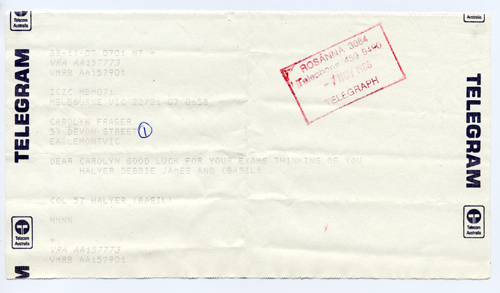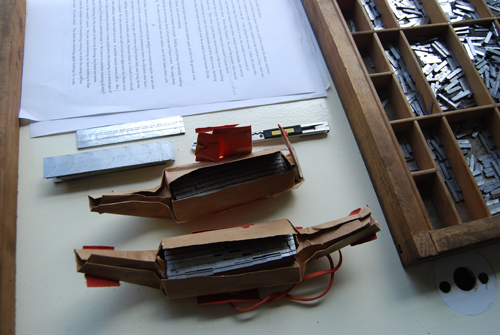The Art of Photo-Engraving
From the introduction to The Art of Photo-Engraving, 1929: “In these days of hustle and bustle and in a land accustomed to the translation of visions and dreams in terms of steel, concrete and marvelous machinery, a jaded army of sophisticates was thrilled by the appearance of a most unusual book.
A book utterly devoid of poise or posture, purely technical and educational; yet a surprise and a sensation. A book acclaimed by all who saw it and prized by those so fortunate as to obtain a copy. A book for which ten times its original and advertised price was offered. This book is Achievement in Photo-Engraving and Letter Press Printing, 1927.”
The section on the art and process of photoengraving was reprinted in 1929 by Printing Plates Incorporated, Oakland, California. The following illustrations explain the process step-by-step, circa 1929.
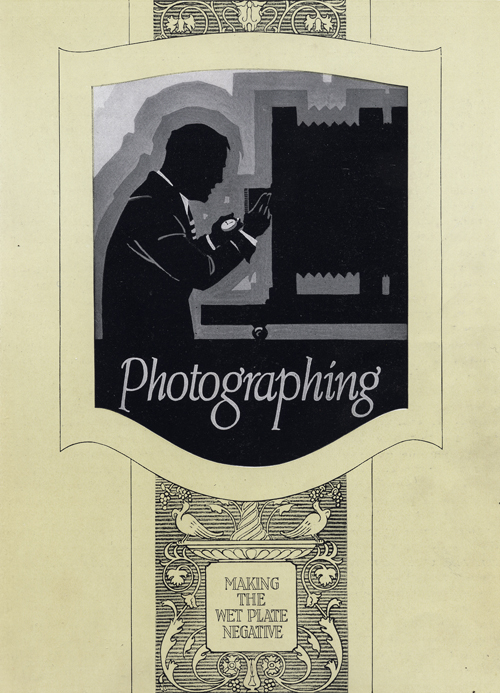


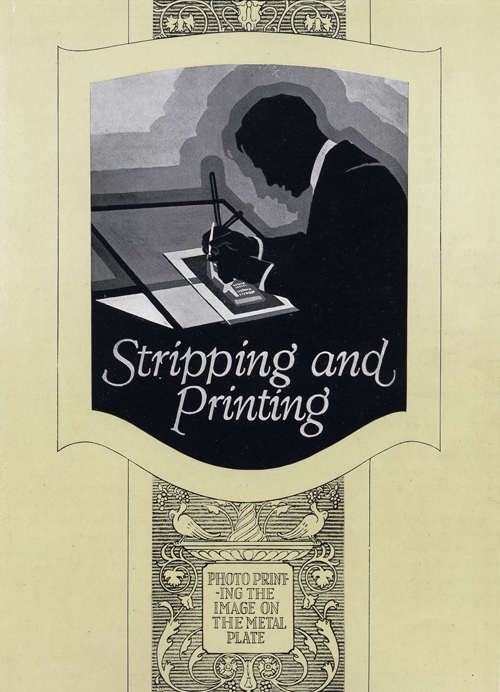
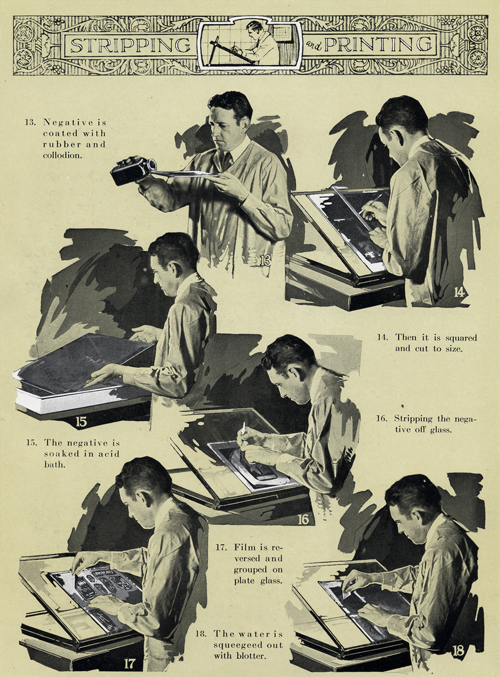







To be continued.
















